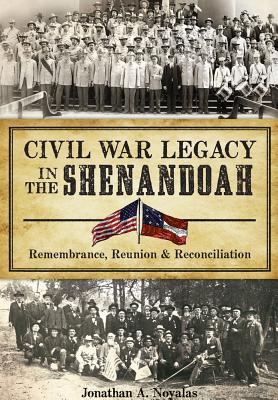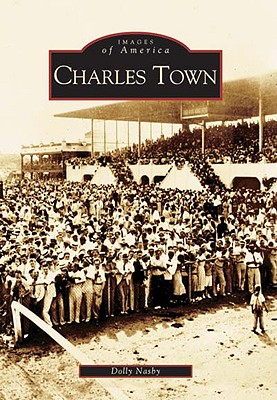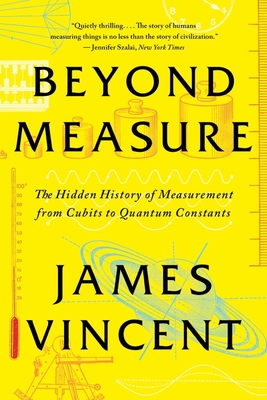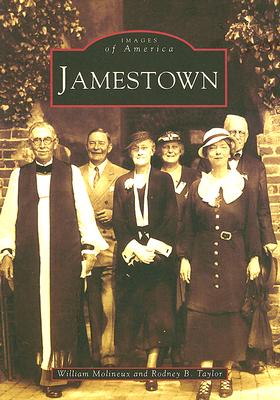
Concept to Reality: Contributions of the NASA Langley Research Center to U.S. Civil Aircraft of the 1990s (NASA History)
Description
The Langley Memorial Aeronautical Laboratory was established in 1917 as the Nation's first civil aeronautics research laboratory under the charter of the National Advisory Committee for Aeronautics (NACA). With a primary mission to identify and solve the problems of flight, the highly productive laboratory utilized an extensive array of wind tunnels, laboratory equipment, and flight research aircraft to conceive and mature new aeronautical concepts and provide databases and design methodology for critical technical disciplines in aircraft design. Prior to World War II (WWII), research at Langley on such diverse topics as airfoils, aircraft structures, engine cowlings and cooling, gust alleviation, and flying qualities was widely disseminated within the civil aviation community, and well-known applications of the technology to civil aircraft were commonplace. During WWII, however, the facilities and personnel of Langley were necessarily focused on support of the Nation's military efforts. Following WWII, aeronautical research at Langley was stimulated by the challenges of high speed flight and the associated problems that were exhibited by high-speed aircraft configurations operating at relatively low speeds, such as those used for takeoff and landing. Much of Langley's research during that time would ultimately be useful to both the civil and military aviation industries. With the emergence of the new National Aeronautics and Space Administration (NASA) in 1958, Langley retained its vital role in aeronautical research and assumed a leading position as NASA Langley Research Center, along with Ames Research Center, Lewis Research Center (now Glenn Research Center), and Dryden Flight Research Center. Langley's legacy of critical contributions to the civil aviation industry includes a wide variety of activities ranging from fundamental physics to applied engineering disciplines. Through the mechanisms of NASA technical reports, technical symposia, meetings with industry, and cooperative projects, the staff of Langley Research Center has maintained an awareness of the unique problems and challenges facing the U.S. civil aviation industry. With a sensitivity toward these unique requirements, Langley researchers have conceived and conducted extremely relevant research that has been applied directly to civil aircraft. These applications have resulted in increased mission performance, enhanced safety, and improved competitiveness. This document is intended to be a companion to NASA SP-2000-4519, "Partners in Freedom: Contributions of the Langley Research Center to U.S. Military Aircraft of the 1990s." Material included in the combined set of volumes provides informative and significant examples of the impact of Langley's research on U.S. civil and military aircraft of the 1990s. As worldwide advances in aeronautics and aviation continue at a breathtaking pace, documenting the significant activities, individuals, and events that have shaped the destinies of U.S. civil and military aviation has become increasingly important. In the research and development communities, many instances have occurred where fundamental, groundbreaking efforts have been forgotten or confused because of turnover of staffs, loss of technical records, and lack of documentation. This volume, "Concept to Reality: Contributions of the NASA Langley Research Center to U.S. Civil Aircraft of the 1990s," highlights significant Langley contributions to safety, cruise performance, takeoff and landing capabilities, structural integrity, crashworthiness, flight deck technologies, pilot-vehicle interfaces, flight characteristics, stall and spin behavior, computational design methods, and other challenging technical areas for civil aviation.




























